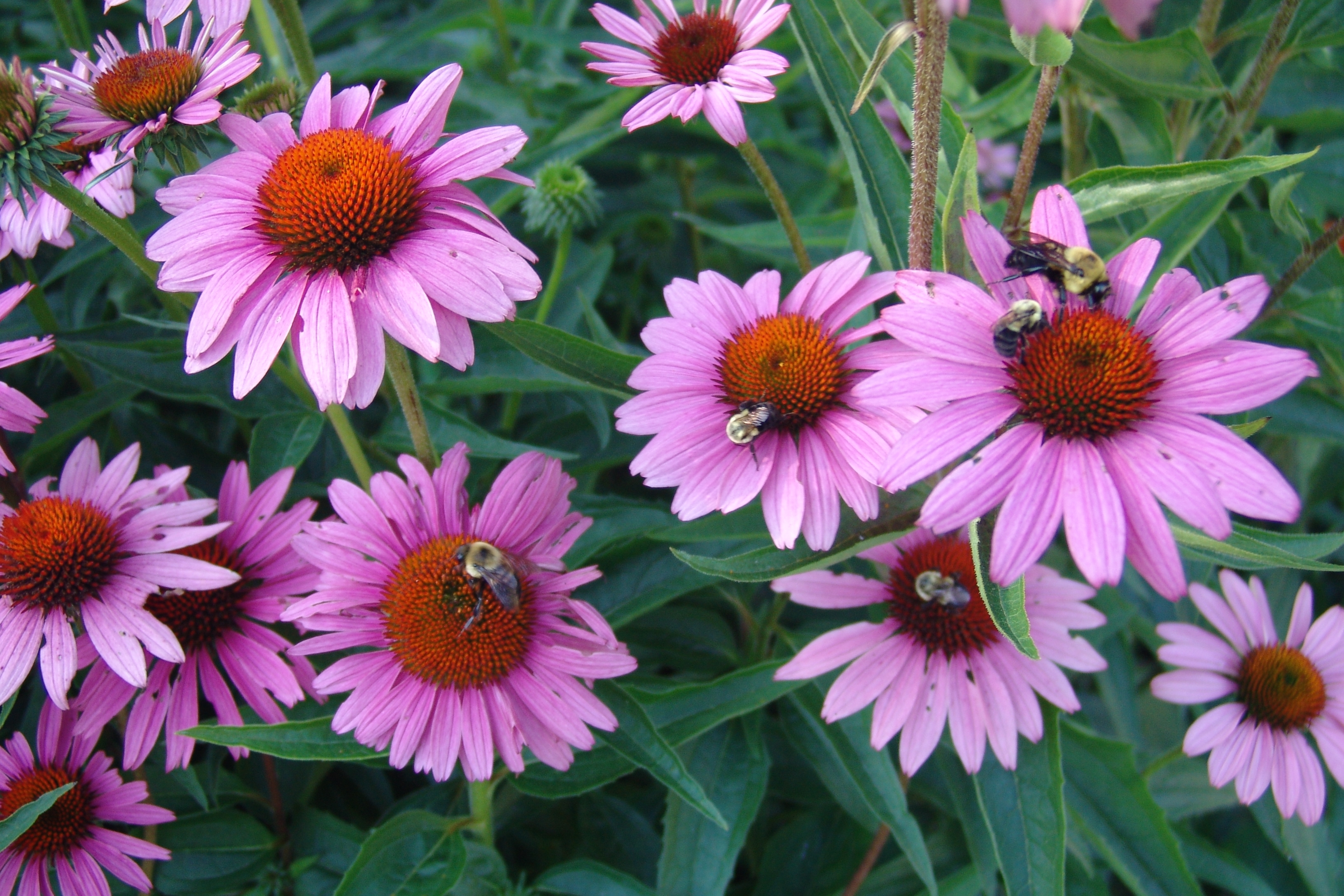
Easily grown from seed, they thrive on neglect. Traditionally purple, with ray flowers that droop downward off the central cone, Coneflowers today enjoy a rich variety of colors and flower shapes with ray florets held horizontal, single or even doubled, giving them the look of Chrysanthemum. Many people take it as preventative medicine to help ward off colds and flu. Purple coneflower is a beautiful garden plant, but did you know its also. Echinacea is most famous for its ability to strengthen the immune system. A great prairie flower, its bright and large blossoms made a successful transition to the backyard. Discover the benefits of echinacea tea and learn more about its unique flavor. American Indian healers used it for hundreds of years to help fight. Echinacea purpurea has many medicinal properties and has become common in vitamin shops and western cold remedies. Truly an American plant, native to the central and eastern part of the country, it was used by the early Native Americans to cure wounds and infections. Also known as Purple Coneflower, Echinacea is a herb that originated in America.

Purple coneflower benefits full#
Thrives in full sun in average, dry to medium moisture, well drained soils. Consuming extracts of Echinacea has genuine efficacy in minimizing the effects of colds and flus, both in helping prevent initial infections and reducing.Perennial Plant of the Year award in 1998.Native Americans in the United States’ Midwest have been using echinacea as a. Perfect for perennial borders, prairies, small gardens and containers. Echinacea, also known as coneflower, is a purple flower commonly grown in North America in woods and fields. An early bloomer, this compact coneflower provides a vibrant floral display in the garden from early to late summer, sometimes with additional sporadic bloom until frost. Award-winner Echinacea purpurea 'Magnus' is a sun-loving perennial that stands out with its bold, giant flowers whose rosy purple petals are held out flat rather than drooping like most coneflowers.


 0 kommentar(er)
0 kommentar(er)
